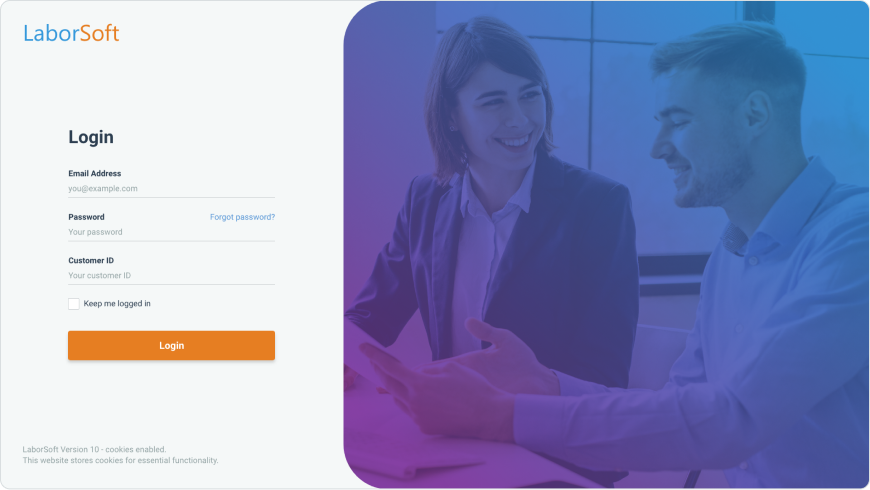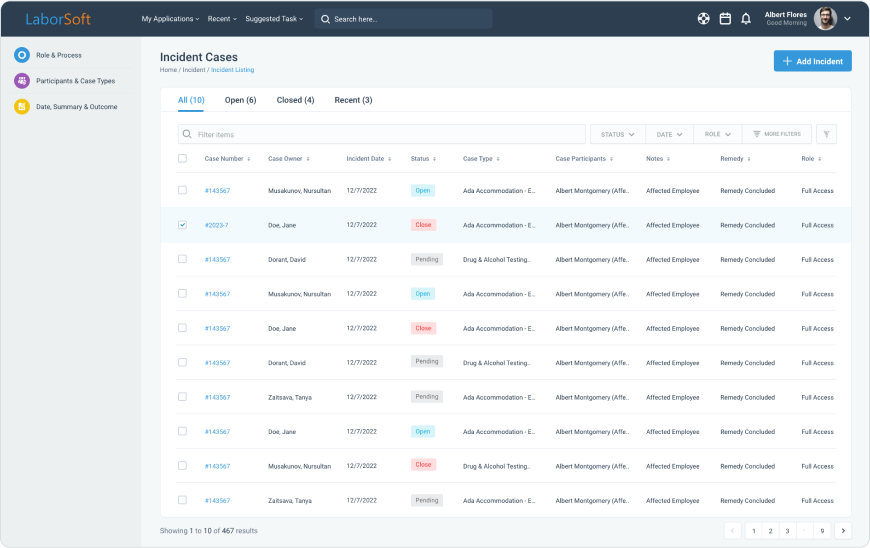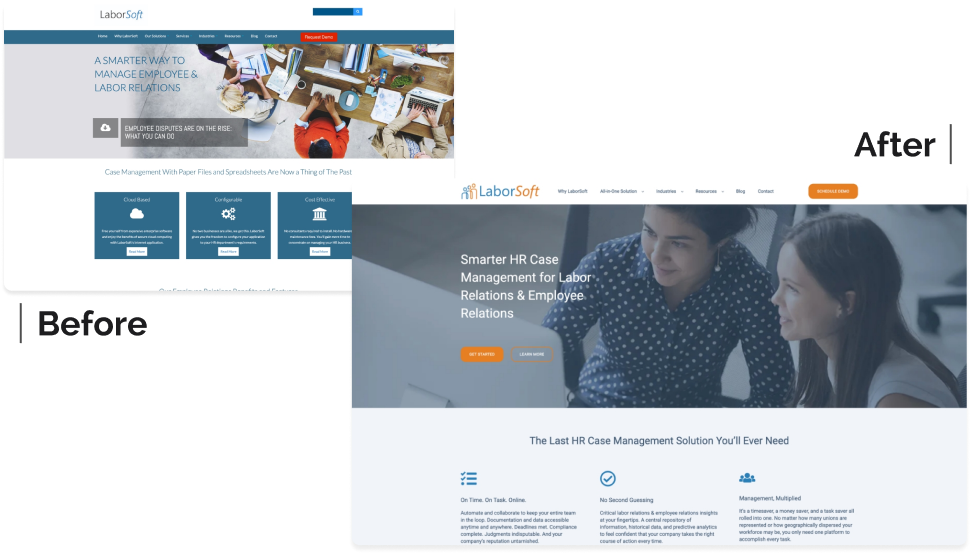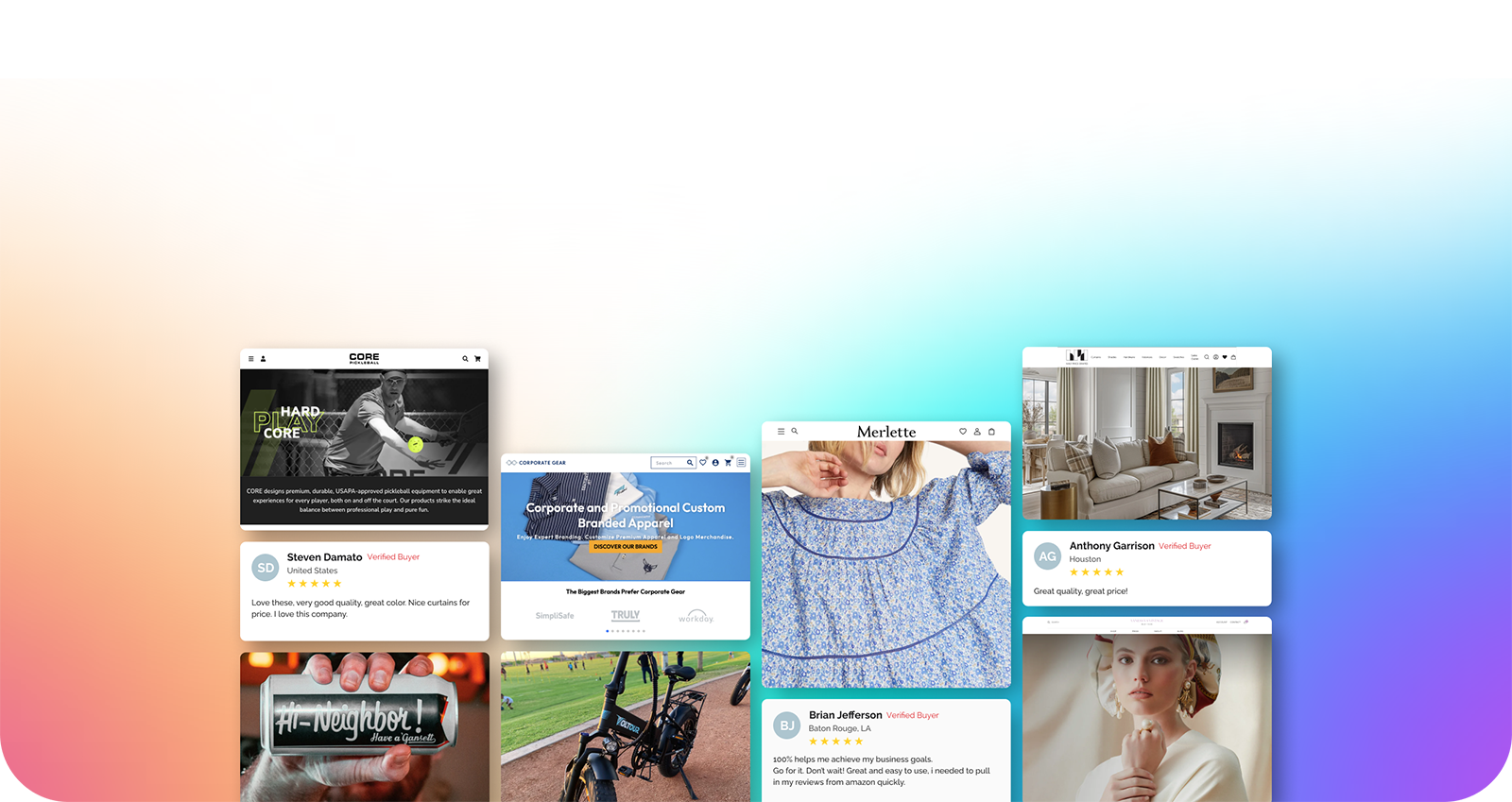Revolutionizes HR with Enhanced Case Management UX
The collaboration between Labor Soft and the UX/UI design team led to the development of a highly intuitive and efficient HR case management system.
Labor Soft's UX Revolution Transforms HR Case Management

TABLE OF CONTENTS
Introduction
- To enhance the user experience and interface of Labor Soft's HR case management system, making it more intuitive, efficient, and user-friendly.
Challenges
- Outdated or inefficient user interface leading to suboptimal user experience.
- The need for a design that facilitates easy navigation and management of complex HR case data.
- Ensuring the new design meets the high expectations of HR professionals and aligns with current UX/UI best practices.

Solutions
- Comprehensive UX/UI Design Process:
- Developed and launched new mobile features to showcase magazine listings and real estate agent information.
- Implemented a custom scanning feature for added functionality.
- Platform Optimization:
- Conducted in-depth research to understand the needs and pain points of HR professionals.
- Developed wireframes to outline the structure and flow of the HR case management system.
- Created high-fidelity designs and prototypes to visualize the end product.
- User Feedback Integration:
- Tested prototypes with real users to gather feedback and insights.
- Iterated on the design based on user feedback to ensure the final product truly meets user needs.
- UI Design Guidelines and Standards:
- Established a set of UI design guidelines and standards to ensure consistency and coherence throughout the product.
- Focused on creating a visually appealing interface that enhances usability and user satisfaction.

Results and Conclusion
- Successfully redesigned Labor Soft's HR case management system with a focus on user experience and interface, making it one of the leading products in the HR case management market.
- The new design significantly improved the efficiency and satisfaction of HR professionals managing complex cases.
- Received positive feedback from users for the intuitive design and ease of navigation, leading to increased adoption and customer satisfaction.

The collaboration between Labor Soft and the UX/UI design team led to the development of a highly intuitive and efficient HR case management system. By prioritizing user feedback and adhering to the latest design standards, Labor Soft was able to offer a product that not only meets but exceeds the expectations of its users. This case study exemplifies the importance of user-centered design in creating software that solves real-world problems effectively and enhances user satisfaction.




